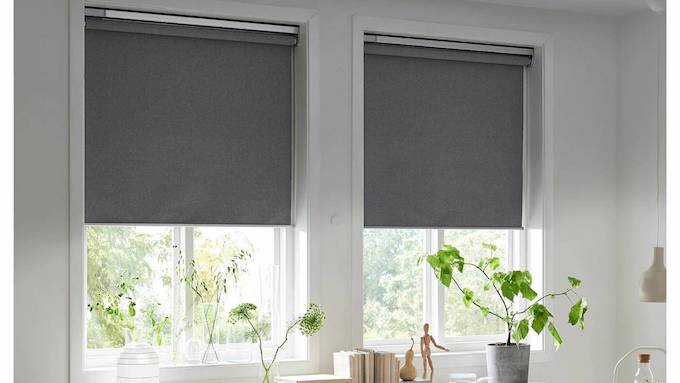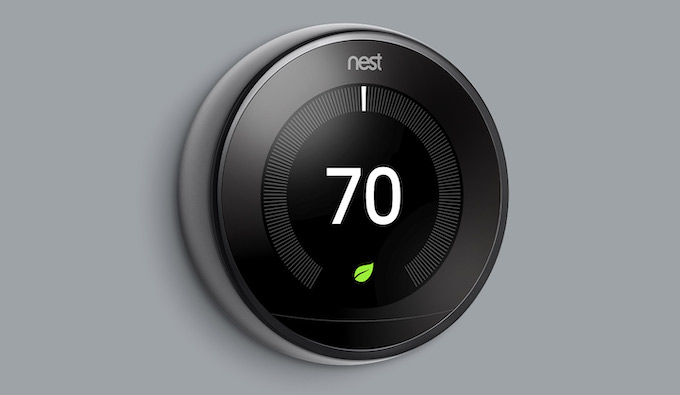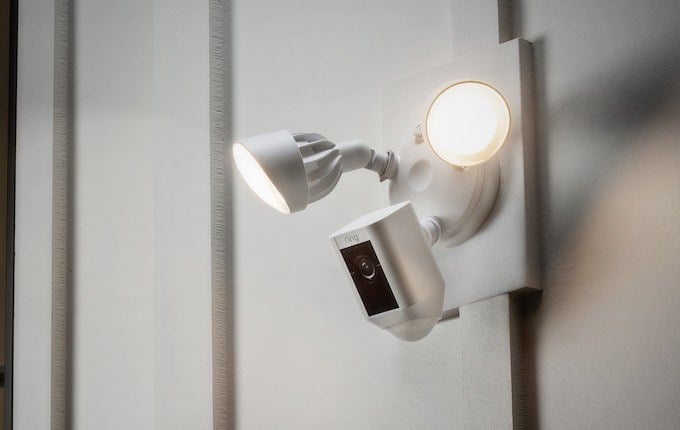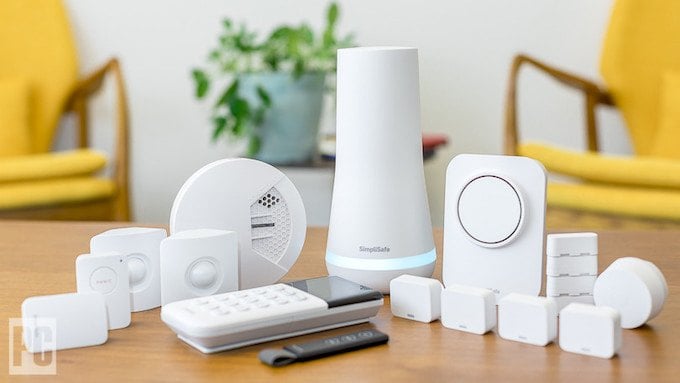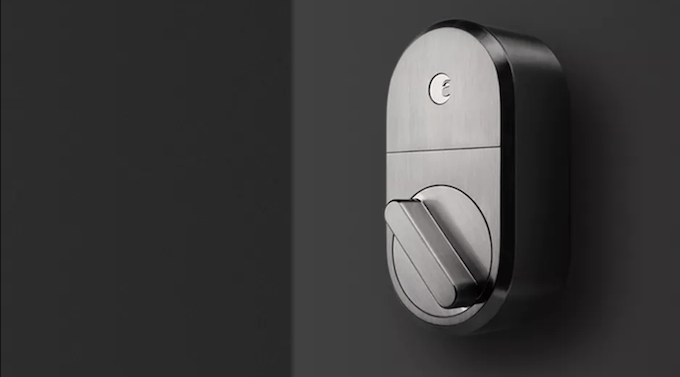But what if the home didn’t appear to be empty? Smart home technology makes it possible to give the appearance of presence in the home, even if you’re a couple of flights away. No security system is foolproof, but thieves want easy targets. If you make your home too difficult to easily rob, most would-be burglars will go somewhere else. We’re not going to talk about security cameras here as we’ve covered that before and that’s an obvious first-choice deterrent.This article will walk you through how to safeguard your home for the holidays. We previously covered how you can protect your smart home devices from hackers, but here we’re going to talk about using smart devices to protect your home.
Move The Blinds & Shades As Normal
Smart blinds enable you to open and close the blinds from afar. Opening them in the day and closing them in the evening makes it feel like someone is at home. Drawing the blinds can hide any valuables inside your home, but if they are closed for multiple days in a row, it’s a sure-fire sign that you’re away. If you open your blinds however, make sure any tempting items are hidden from view. For example, don’t leave expensive game consoles in plain sight or keep jewelry on the windowsill. You can program smart blinds to open and close at set times of day, or you can do it yourself from your phone.
Use a Smart Thermostat
Protecting your home while you’re away isn’t just about keeping unwanted elements out—it’s also about keeping the items inside your home safe. Many people drop their thermostat to much lower temperatures while they’re away during the winter to conserve energy, but if it gets too cold it might damage temperature-sensitive items in the home. You also burn a lot of energy bringing your home back to its normal temperature when you return.A better alternative is to use a smart thermostat and place it on its “eco” mode. This mode takes weather data from the internet and sets the temperature based on the temperature outside. It will prevent your home from getting too cold (and keep you from an uncomfortable return from your travels) while simultaneously keeping your utility bill under control.
Set Outdoor Lights To a Normal Schedule – But Keep Indoor Lights Random
Outdoor lights should be turned off during the day and turned on at night. A deviation in this pattern, like leaving the lights on all the time, signals that no one is home. If you have a smart switch, you can set it to an “Away” mode that causes it to turn on and off at random. If you keep a lamp plugged in, the light will power on and off as though someone is inside the home. Smart bulbs can do something similar. It’s also a good idea to plug your TV into a smart switch so you can turn it on and off.
Install a Security System
One of the primary benefits of a smart home is how easy it is to link a smart security system to it. Security systems offer a lot of benefits, such as live video feeds of your home, motion detectors, sirens, and more. These devices alone are often enough to deter would-be thieves, especially if they are visible from the outside. If someone sets off the siren in the home, it will draw more attention than most burglars want. However, you can link a smart home system to a home security system for even more effect. If someone sets off the motion sensors, the lights inside the home can come on. You could make the lights flash and strobe. It gives you the ability to take a security system to the next level.
Use a Smart Lock To Monitor Your Door
Home security systems include door and window sensors that alert you if either entryway is opened. If you don’t have a security system, a smart lock can serve a similar purpose. Not every smart lock alerts you if the door is opened, but it will inform you if the door is unlocked. Smart locks are also a great way to let in friends or family that may be watching the home while you’re away; you never have to worry that the door will be left unlocked. In many cases, a smart lock will auto-lock after a set amount of time. If not, you can lock the door with a simple tap of your phone.
